Resources
Test Taking Tips
Study Tips for Objective Tests
- Check the TAP (Texas Awards Program) at fblatx.org (or NAP for the NLC found on the National website) for the event guidelines. Read the Competencies section which indicates the topics that will be found on the test.
- Ask your teachers to let you borrow several different textbooks for your particular test.
- When reading through the textbooks, focus on all headings and subheadings in the chapters.
- Concentrate on vocabulary words in the chapter and the glossary. Know the bold faced or italicized words.
- Review all summary sections and review questions at the end of the chapter.
- Review aloud the key concepts. Listen to yourself talk!
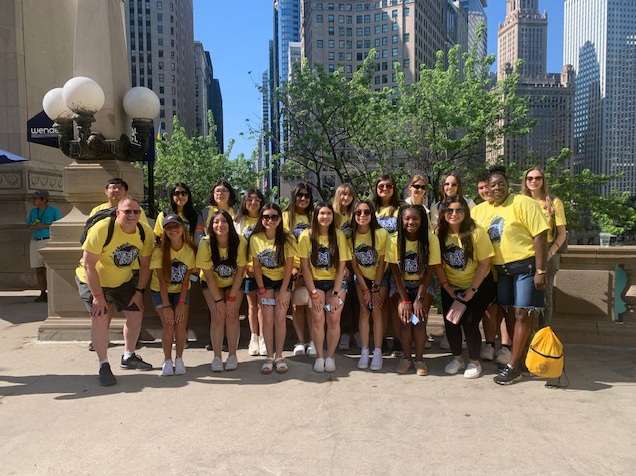
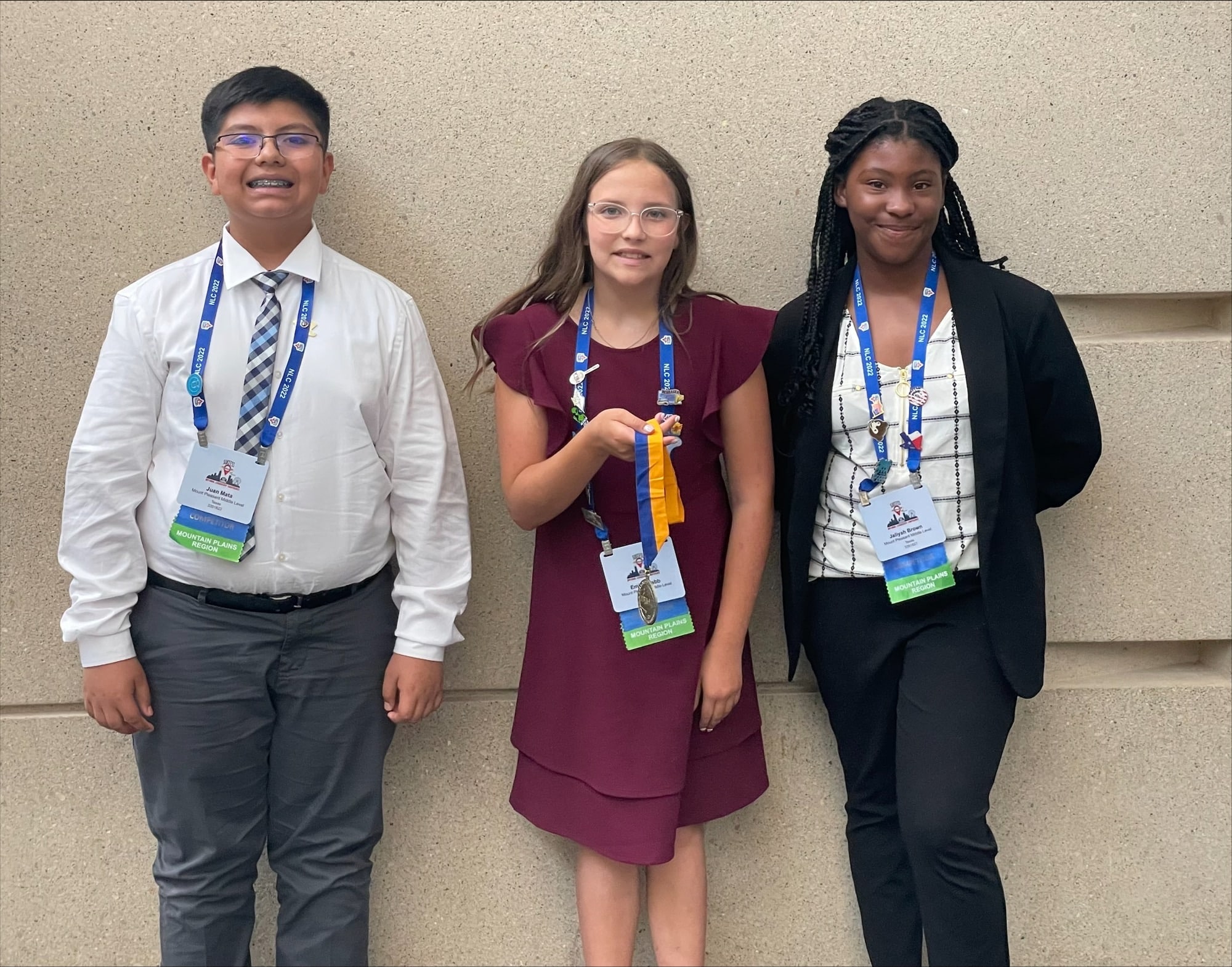
Objective Pre Test (testing done at school)

NLC Pre Test (testing done at the NLC)
- Scout out the testing room the day before to make sure you leave enough time before the test.
- Remember elevators (and busses) can be slow and crowded, so make sure you leave enough time before the test.
- Arrive at least 15 minutes early.
- Avoid talking to other competitors before and after the test.
- Dress for success! Put on your best clothes in the morning and you will be prepared for the day.
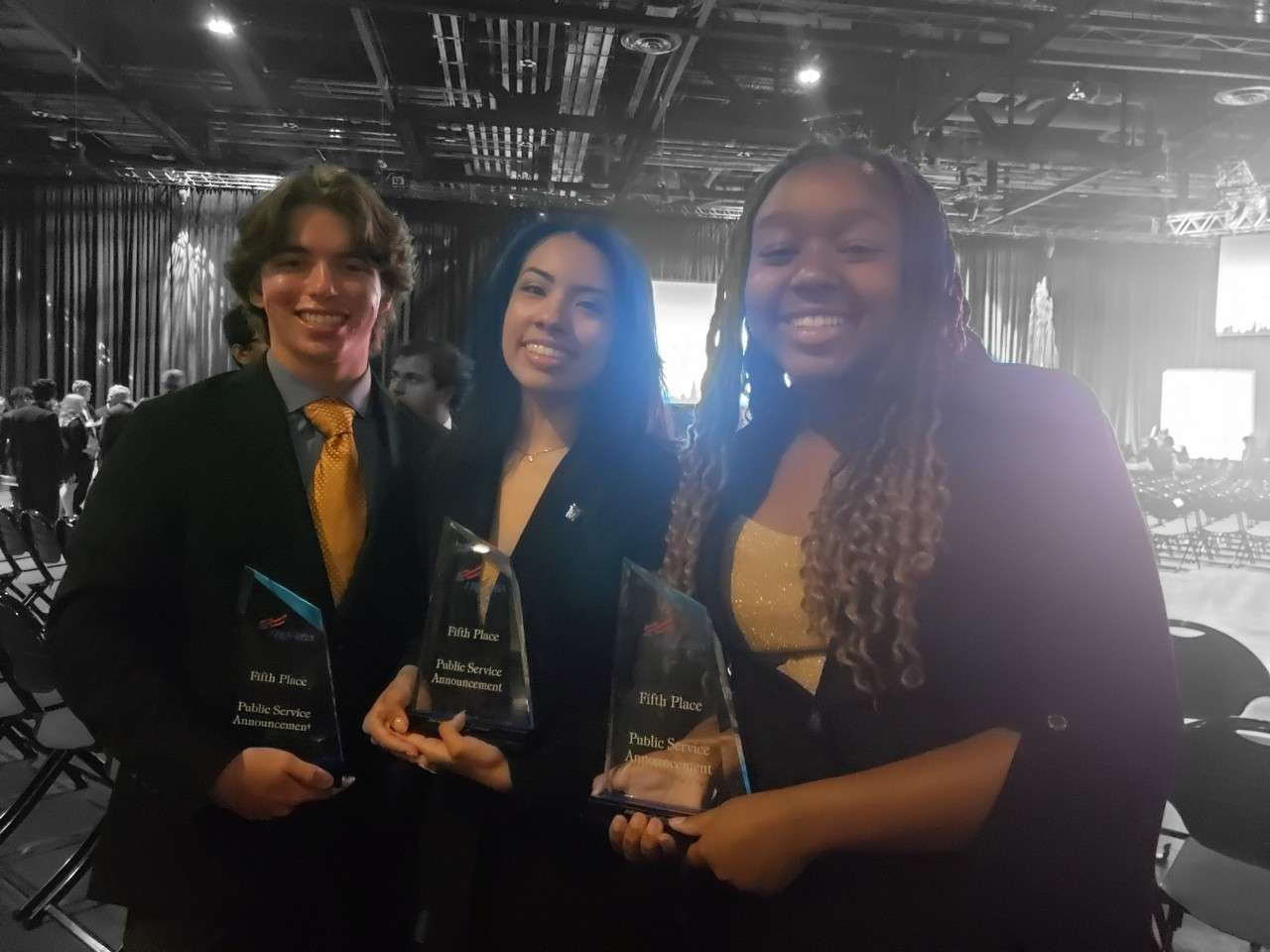
Taking the Test
- For the SLC, all objective tests will be taken at your school prior to the conference; for the NLC, all objective tests will be taken on line during the conference.
- Listen closely to the directions. Read all the instructions.
- Once you enter your password and select Start, the clock is running.
- You will have 60 minutes to complete all objective tests.
- Each test has 100 multiple choice questions.
- There is no penalty for incorrect answers, so record an answer to every question.

Hints for Taking Multiple Choice Tests
- Read the question before you look at the answer choices.
- Eliminate answers you know are not right.
- Usually the first answer you select will be the correct answer.
- In questions with “all of the above” usually if two choices look correct, then this will be the correct answer.
- A positive choice is more likely to be true than a negative choice.
- Usually the correct answer is the choice with the most information.
- Be aware of words like “always,” “never,” “only.” These are extreme words that are more than likely to be the wrong choice.
- Don’t linger on a question; mark your best guess and return to it if time allows.
- Check the qualifying words such as “all-most-some-none.” You can test the statement by substituting one of the other words. If your substitution makes a better statement, the question is probably false; if the substitution does not make a better statement, the question is probably true.
- Be alert for grammatical inconsistencies between the question stem and the answer choices. A choice is usually wrong if it and the stem do not make a grammatically correct sentence.
- Don’t forget to save the test!
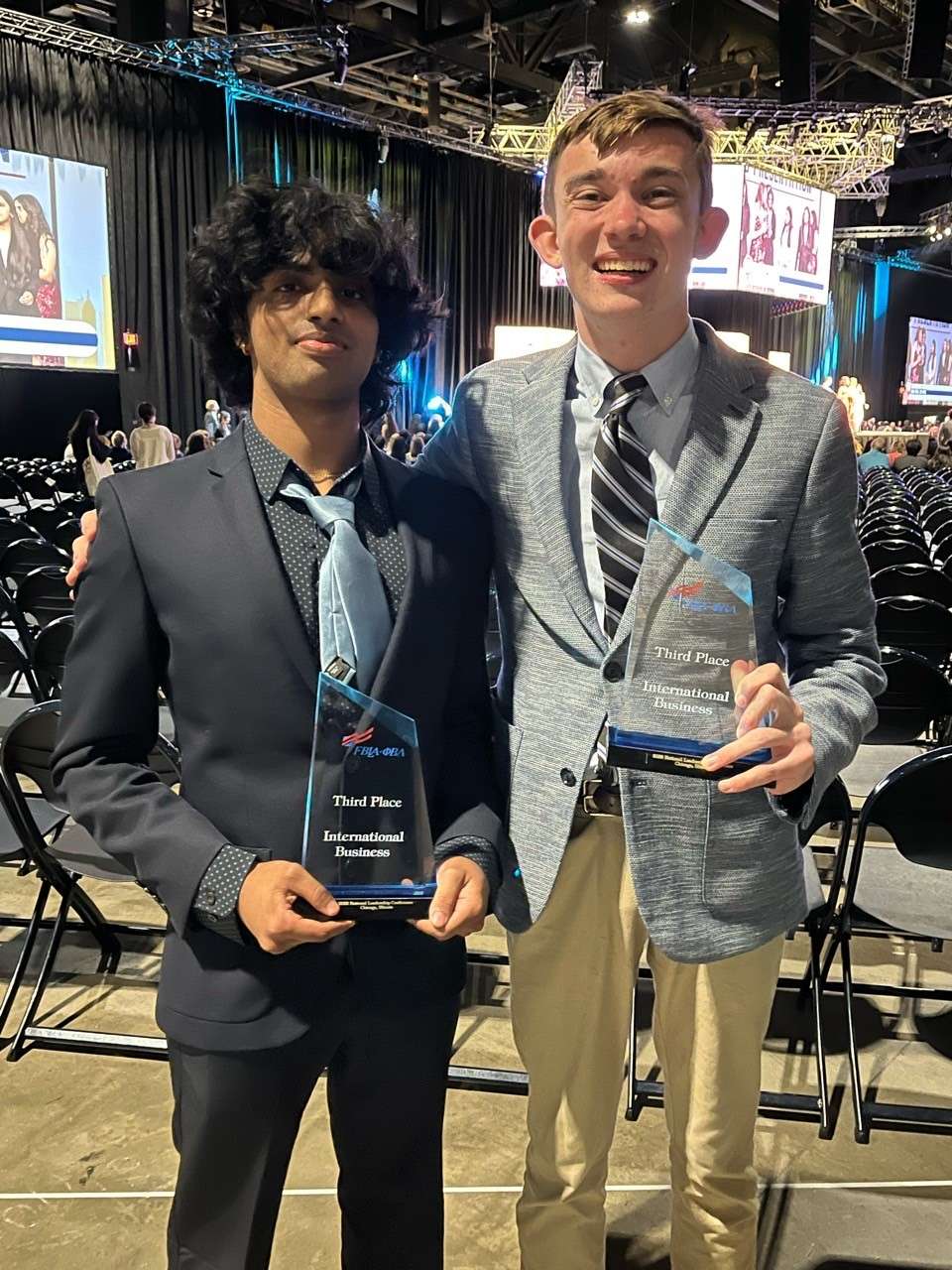

Tips for Performance Events
- Review not only the guidelines, but the rating sheet for your event found in the TAP. The judges will use the same rating sheet when evaluating your performance.
- Make sure you know the time and location of both the preliminary and the finals for your performance. Allow enough “travel” time!
- Collaborative online tests—many of the team events require that the team take one test. Appoint a team member to be the one at the keyboard to input your answers. Come to a consensus for the correct answer. Be careful that you do not spend so much time discussing which is the correct answer that you do not have enough time to answer all the questions.
- All team members should dress professionally.
- If you are in a sequestered event, do not bring electronic devices. Bring pen/pencil, food, and something to read. Do not talk to any adviser or FBLA members outside the sequester room. Remember, you cannot compete if you do not first report to the sequestered area!
- When creating your presentation in the Prep Room, get the overall sequence and the major areas of discussion down first, then go back to fill in the details. You have a limited time for preparation.
- Do not hand out anything to the judges when entering a performance room.
Know how to quickly assembly and disassemble any equipment allowed for your event. There is a time limit for setting up and taking down your equipment. - Be prepared to give your presentation even if the equipment does not work. The clock is running!
- If your event allows note cards, you may use the cards given to you when preparing for the performance. The note cards will be collected upon leaving the performance.
- Make sure you introduce yourself and/or the team members to the judges stating your name(s) and school. Some teams prefer to shake hands with the judges.
- If you are in a team event, everyone on the team must participate.
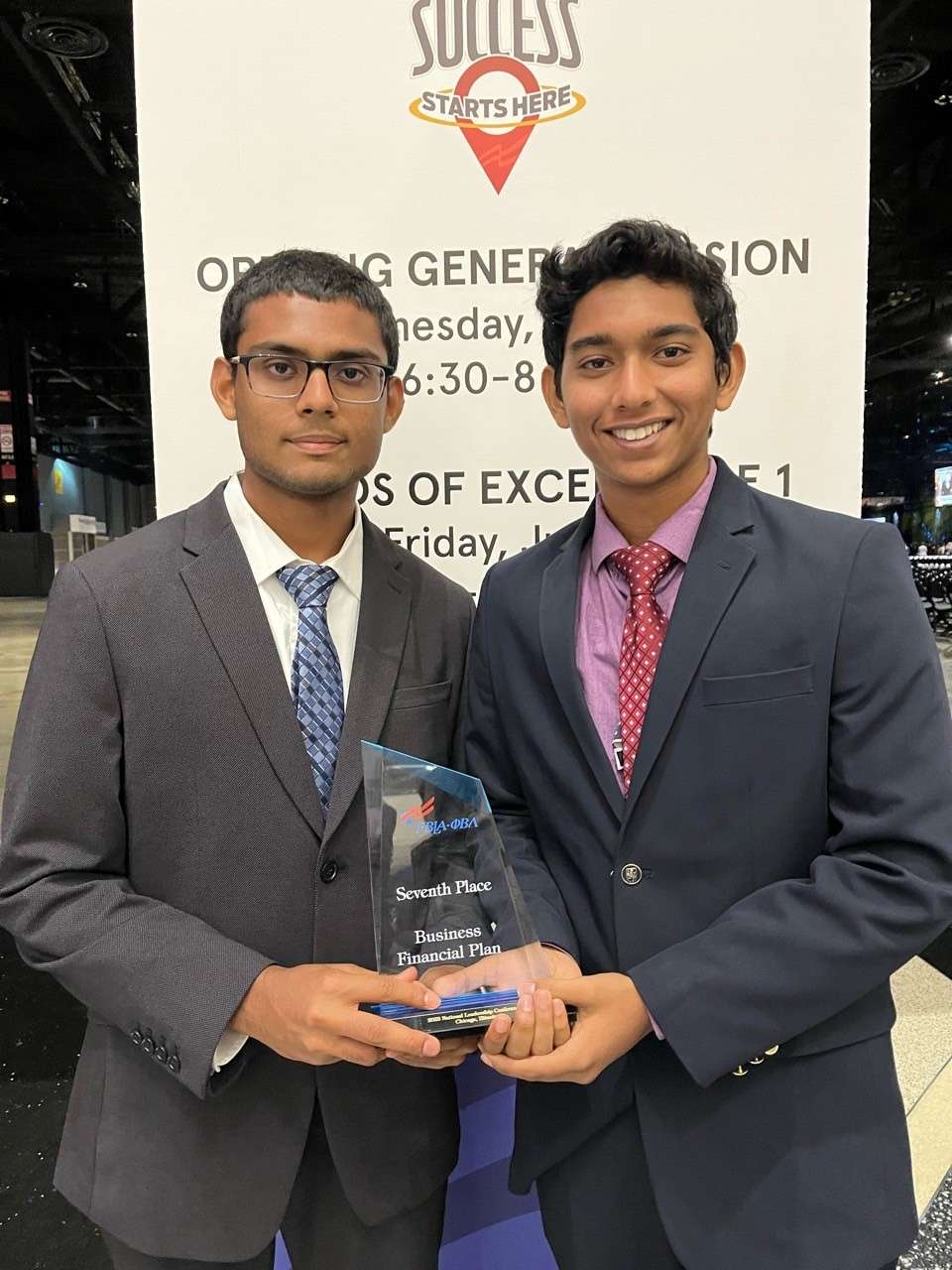


Frequently Asked Questions
Coming Soon!
